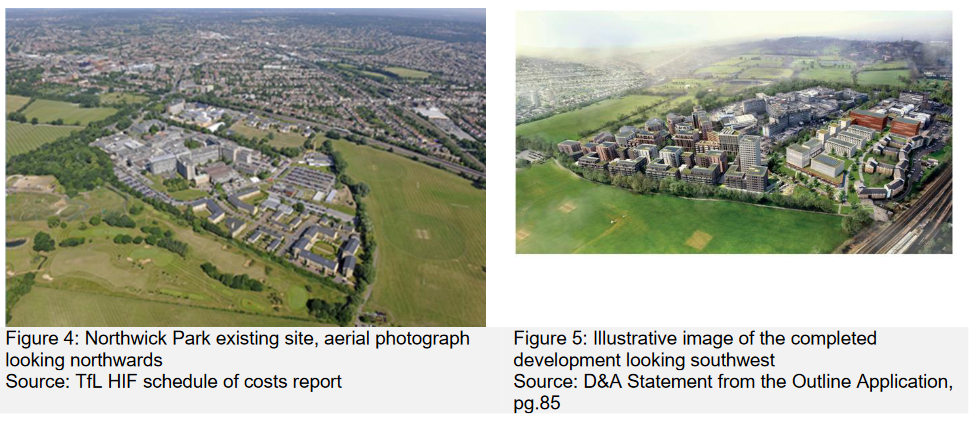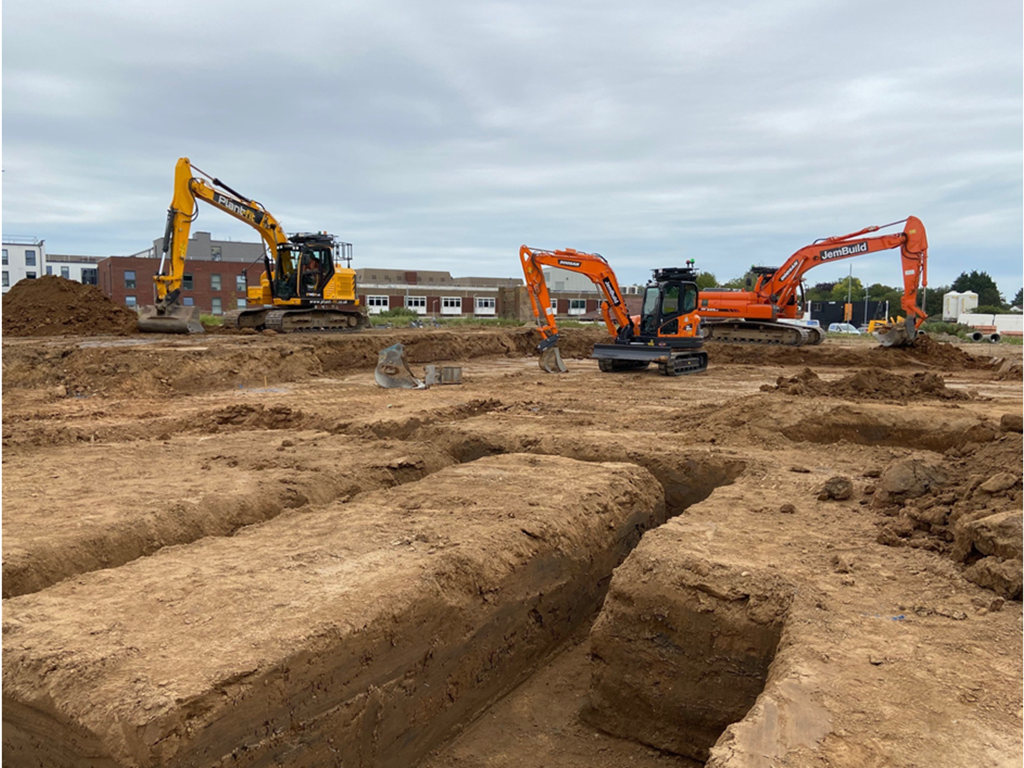The redevelopment of brownfield land for housing has been a priority of English planning policy since the 1990s. The current National Planning Policy Framework (2023) encourages planning policy and decision making to make "as much use as possible of previously-developed or ‘brownfield’ land" (Para 119).
This ambition presents complex challenges. The costs of demolishing existing structures, decontaminating polluted land, securing planning consent, and construction routinely exceed development value. For developers, the dividend is less than for low-risk greenfield sites. For planning authorities, the capacity to secure developer contributions for public goods is constrained.

Breaking ground for the Diana Princess of Wales Hospital, Grimsby
Against this backdrop, the Planning Advisory Service commissioned a team from the University of West of England (Bristol) to produce a series of case studies to identify the role of local planning authorities in supporting and bringing forward the deliver of housing on brownfield sites in England. These case studies were informed by in-depth interviews with planning officers and associated professionals and developers, and were chosen to provide a diversity of circumstances in respect of size, legacy uses, ground conditions, land ownership, and planning history. They exemplify a range of innovate practices across local planning authorities , and the power of planning, to deal with the obstacles faced on these sites. Above all, they illustrate the importance of planner's skills - including mediation, negotiation, and determination - in developing innovative ways of ‘de-risking’ brownfield development by working collaboratively across organisational boundaries.

The Northwick Park hospital site, Brent. One view before any changes
and the other a render of the proposed development.
